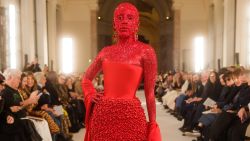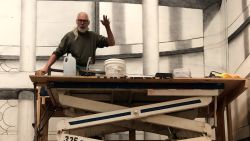When the news of Karl Lagerfeld’s death broke earlier this year, powerful reverberations were felt far beyond the fashion industry’s inner circle.
He was one of the most recognizable people working in fashion – his own image just as famous as his designs.
His shows for Chanel were the main fixture of Paris Fashion Week each season and – thanks to a combination of seemingly incessant creativity, business acumen and his vociferous personality – his influence was vast. Lagerfeld was widely credited with turning Chanel into a global empire with sales of over $11 billion in 2018.
But beyond Chanel and his own namesake label, there was another brand deeply impacted by his passing – the house of Fendi, one of Italy’s most powerful and storied luxury fashion houses.

The family-run Roman fashion house hired Lagerfeld when he was still a relatively unknown designer, and he worked for the brand for over 54 years until his death from pancreatic cancer in February at the age of 85.
“The bond between Karl Lagerfeld and Fendi is fashion’s longest love story, one that will continue to touch our lives for years to come,” read a statement from the house in the days after his passing.
Next to one famous man stood two important women
Replacing a long-time creative director comes with inherent risk, but Chanel sought to create a seamless transition by promoting Virginie Viard, Lagerfeld’s closest collaborator at the brand for nearly 30 years.
Fendi looked within the family for Lagerfeld’s successor and promoted Silvia Venturini Fendi – the granddaughter of the company’s founders – from head of menswear, accessories and children to creative director for the entire brand.
Both appointments were made with little fanfare, seemingly out of respect for the late designer.
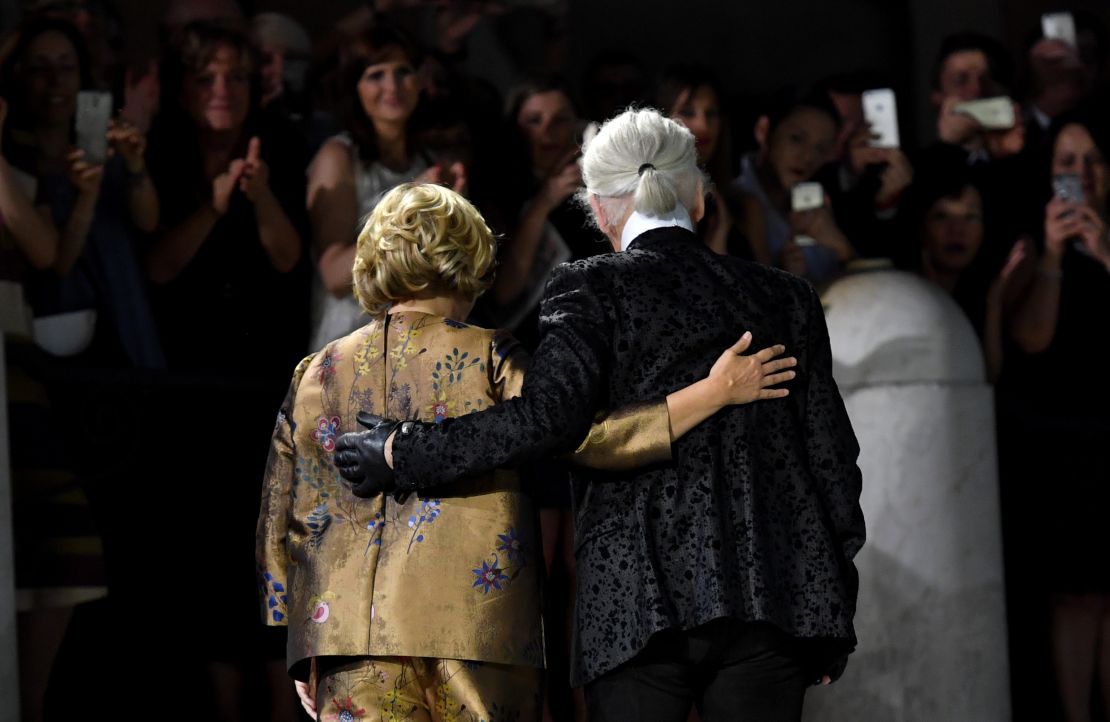
Two women now stand where Lagerfeld once did, tasked with working through great personal loss to define their own style, separate from their mentor’s, on a very public stage.
“I don’t think I’m a clone of Karl Lagerfeld,” Fendi told CNN Style from the group’s Rome headquarters in July, hours before the first Fendi haute couture show since his death. “I will write my own story,” she added.
The Fendi family
Silvia Venturini Fendi is the daughter of Anna Fendi, one of the five famous Fendi sisters – Paola, Anna, Franca, Carla and Alda – who worked at the business their parents Adele and Edoardo Fendi founded, primarily as a fur and leather boutique, in Rome in 1925.
Silvia was born into the fashion empire in 1961, and her mother worked in the studio, fitting models with the label’s latest designs, right up until the latter stages of her pregnancy. In 1965, the Fendi sisters hired Lagerfeld as creative director, setting in motion a partnership that would endure for decades.

As a child, Silvia was never far away from the creative core of the business, and at the age of six she appeared in a Fendi ad wearing a beaver bomber jacket and matching hat.
While still in school, she became adamant that she was ready to leave education and join the Fendi workforce. After a number of pleas to her grandmother Adele, she was eventually given permission. On her first day, her grandmother instructed the new recruit to cover for one of the telephone operators who had called in sick. Far away from the design studio, reality hit home and Silvia ultimately decided to return and finish – or “just about finish,” as she put it – school.
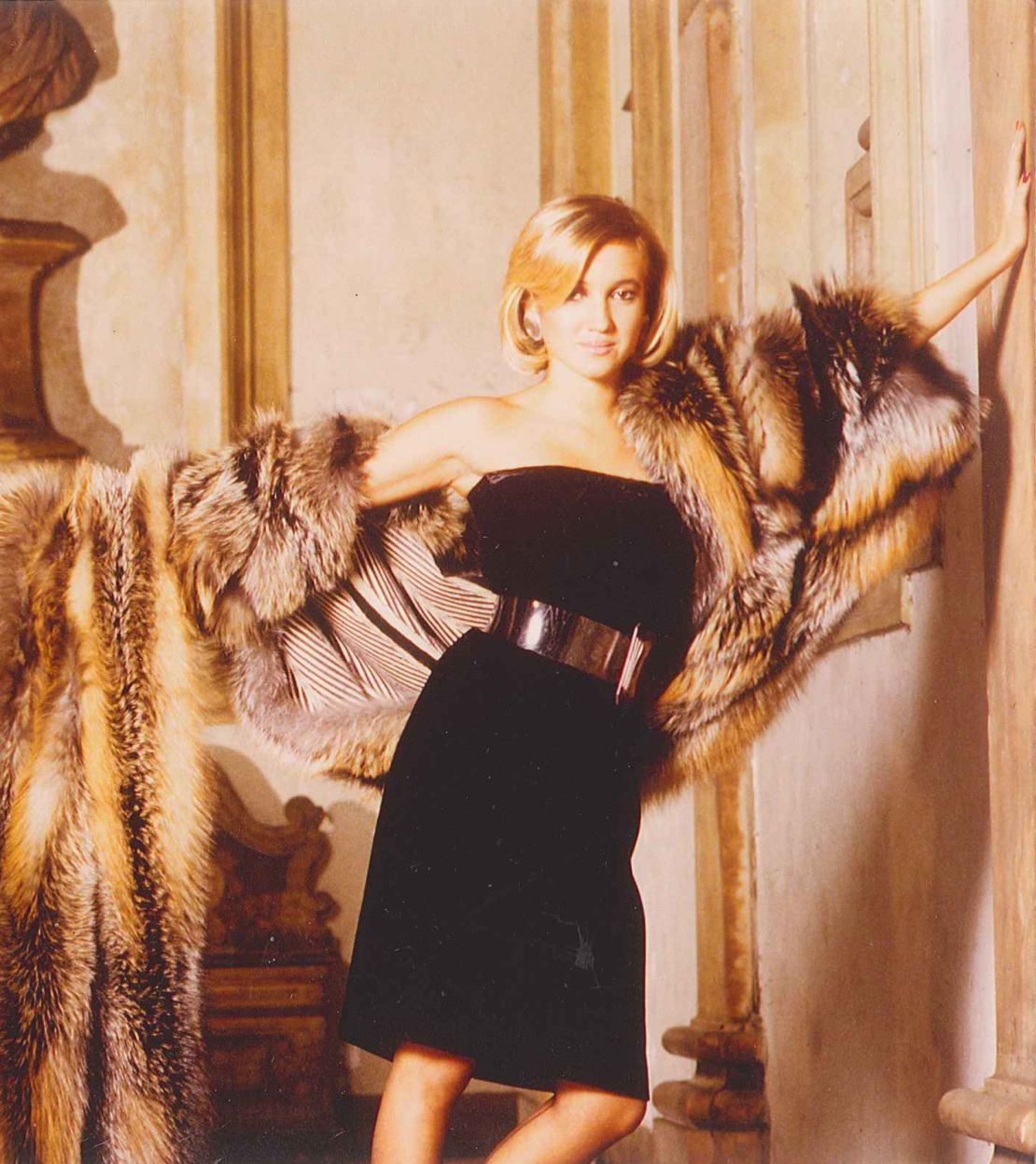
After studying in London and Italy, the young Fendi’s first formal job with the fashion house came in the mid-1980s when she launched “Fendissime,” the company’s secondary label. In 1992, her mother and Lagerfeld asked her to officially join them in the main creative studio.
The younger Fendi’s definitive design moment came in 1997, when she created the “baguette” bag, a small, oblong shoulder bag that was an instant hit – so much so that the design was later credited for the loss of “H” in hit and the birth of the term, the “It” bag.
Despite having the security of her family lineage, it was likely this career-defining moment that established her seat at the table for many years to come. Since the first baguette, the brand has gone on to make over 1,000 iterations of the bag.
Karl and Silvia
Silvia Fendi met Karl Lagerfeld for the first time as a very young girl, while visiting the fashion studio with her mother. Over the years, Lagerfeld came to be her friend, mentor and, in later years, colleague.
By 2016, they’d developed a close professional bond, so when the two designers walked across the Trevi fountain, where they had staged an enormous couture show to mark the brand’s 90th anniversary, they strode out together, shoulder-to-shoulder as contemporaries.
Their creative bond was clear and the respect seemingly mutual.
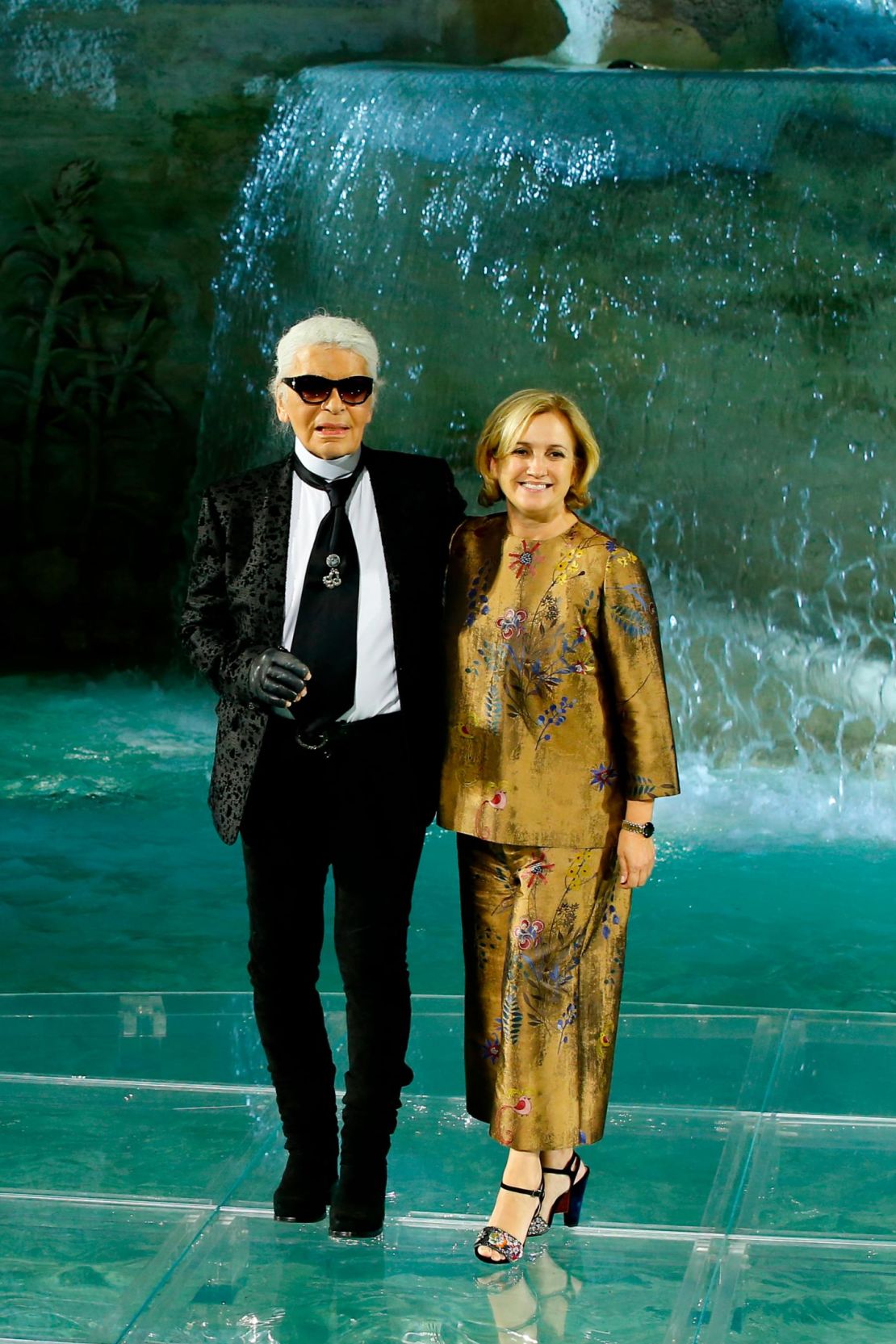
“Karl Lagerfeld brought her the most massive fashion education she could have ever hoped for,” said Tim Blanks, Business of Fashion’s editor-at-large. And in turn, “she brought him her strength of character and her absolute resolve to never be anything other than herself,” Blanks added.
“They had such a wonderful working relationship and I imagine she probably challenged him,” he said. “I think that’s a challenge for her now. Who’s going to challenge her?”
Silvia the creative director
Silvia Fendi likes to play with reality. She says she liked to subvert rules and surprise. Perhaps this is where her love of film comes from. There’s a cinema at the Fendi headquarters where she spends a lot of time. “I like to see a woman, what they call a cinematic woman,” Fendi said. “I like things that tell a story.” She’s so passionate about film that she also produces movies in her “spare time.”
Fendi has collaborated closely with Luca Guadagnino, the Oscar-winning director of “Call Me By Your Name” on a number of projects including the 2018 horror film “Suspiria,” on which Silvia is credited as a producer.
The two met in 2005 during the inaugural party of a new Fendi flagship store in Rome. As Guadagnino remembers it, he “spent the entire evening speaking to her and our conversation never ended. It is still happening now.”

Rome has always played an important role in the Fendi story. Feeding off the clash culture of Rome itself, a city that offers a jagged, mis-matched, architectural landscape, rich in history at every turn, Silvia Fendi said: “You’ll find the Egyptian obelisk close to a church from the Renaissance. Which I think is quite interesting,” providing a perfect example of the contradictions of modern Rome.
In clothing design, the element of surprise might mean making one material look like another – something the Fendi brand has become known for. “For instance, for this collection I printed marble and stones on soft surfaces, like mink, organza or silk,” she explained. “So, I like something that looks hard, (but) when you touch it it’s soft.”
Lagerfeld’s legacy
Set against the backdrop of the Colosseum at the historic Temple of Venus, the first haute couture show without Lagerfeld was undoubtedly a respectful nod to the late designer. The collection consisted of 54 new couture looks – one for each year he worked at the fashion house.
But Silvia Fendi wasn’t afraid to point to her own touch. “I think in this show, it will show it’s a woman’s point of view,” she said hours before the models took to the runway.
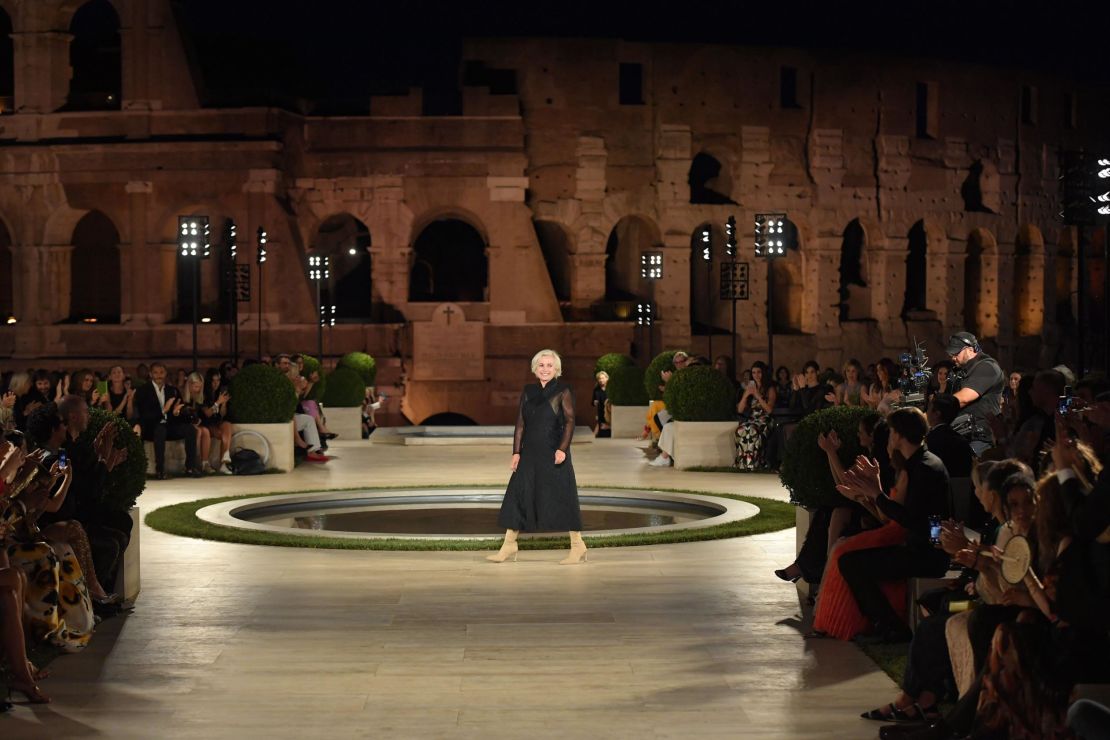
How carefully Fendi – and in the same spirit, Chanel – will continue to protect the legacy of Lagerfeld remains to be seen. If any more substantial pivots are coming, they are being kept under tight wraps for now.
Lagerfeld was famous for hating any overemphasis of the past, constantly looking forward and never back. His token phrase after each fashion show was, “and now the next.” So those stepping up to forge a path without him can at least feel free to move on, in that regard.
For Silvia Fendi, this means a new beginning without forgetting what came before. “Of course, today we have to turn the page,” she said. “But, and this is probably something very Roman, to write the future you have to be able to read the past.”


